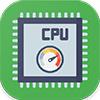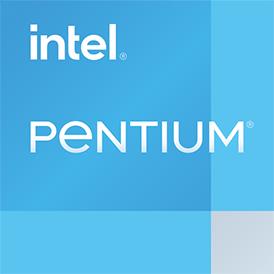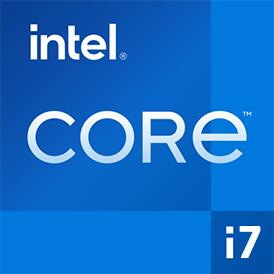 Geekbench 3, 64bit (Multi-Core)
Geekbench 3, 64bit (Multi-Core)
|
|
Intel Core i7-6560U
2C 4T @ 2.2 GHz
|
5991
|
|
|
Intel Pentium N3710
4C 4T @ 1.6 GHz
|
3612
|
 Geekbench 3, 64bit (Single-Core)
Geekbench 3, 64bit (Single-Core)
|
|
Intel Core i7-6560U
2C 4T @ 2.2 GHz
|
3381
|
|
|
Intel Pentium N3710
4C 4T @ 1.6 GHz
|
1078
|
 Estimated results for PassMark CPU Mark
Estimated results for PassMark CPU Mark
|
|
Intel Core i7-6560U
2C 4T @ 2.2 GHz
|
3318
|
|
|
Intel Pentium N3710
4C 4T @ 1.6 GHz
|
1372
|
 Geekbench 6 (Multi-Core)
Geekbench 6 (Multi-Core)
|
|
Intel Core i7-6560U
2C 4T @ 2.2 GHz
|
2122
|
|
|
Intel Pentium N3710
4C 4T @ 1.6 GHz
|
628
|
 Geekbench 5, 64bit (Multi-Core)
Geekbench 5, 64bit (Multi-Core)
|
|
Intel Core i7-6560U
2C 4T @ 2.2 GHz
|
1708
|
|
|
Intel Pentium N3710
4C 4T @ 1.6 GHz
|
835
|
 Geekbench 6 (Single-Core)
Geekbench 6 (Single-Core)
|
|
Intel Core i7-6560U
2C 4T @ 2.2 GHz
|
1084
|
|
|
Intel Pentium N3710
4C 4T @ 1.6 GHz
|
195
|
 Geekbench 5, 64bit (Single-Core)
Geekbench 5, 64bit (Single-Core)
|
|
Intel Core i7-6560U
2C 4T @ 2.2 GHz
|
816
|
|
|
Intel Pentium N3710
4C 4T @ 1.6 GHz
|
247
|
 Cinebench R15 (Multi-Core)
Cinebench R15 (Multi-Core)
|
|
Intel Core i7-6560U
2C 4T @ 2.2 GHz
|
280
|
|
|
Intel Pentium N3710
4C 4T @ 1.6 GHz
|
155
|
 iGPU - FP32 Performance (Single-precision GFLOPS)
iGPU - FP32 Performance (Single-precision GFLOPS)
|
|
Intel Pentium N3710
4C 4T @ 1.6 GHz
|
179
|
 Cinebench R15 (Single-Core)
Cinebench R15 (Single-Core)
|
|
Intel Core i7-6560U
2C 4T @ 2.2 GHz
|
135
|
|
|
Intel Pentium N3710
4C 4T @ 1.6 GHz
|
43
|
 Cinebench R11.5, 64bit (Multi-Core)
Cinebench R11.5, 64bit (Multi-Core)
|
|
Intel Core i7-6560U
2C 4T @ 2.2 GHz
|
3.1
|
|
|
Intel Pentium N3710
4C 4T @ 1.6 GHz
|
1.9
|

